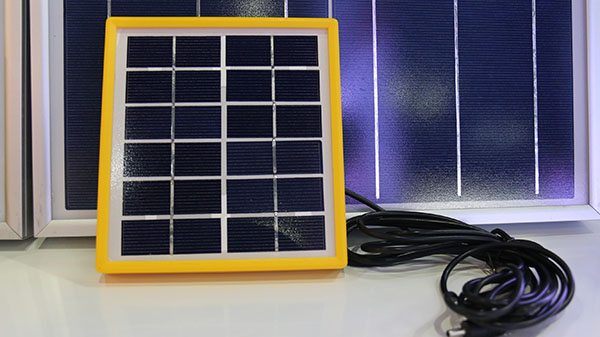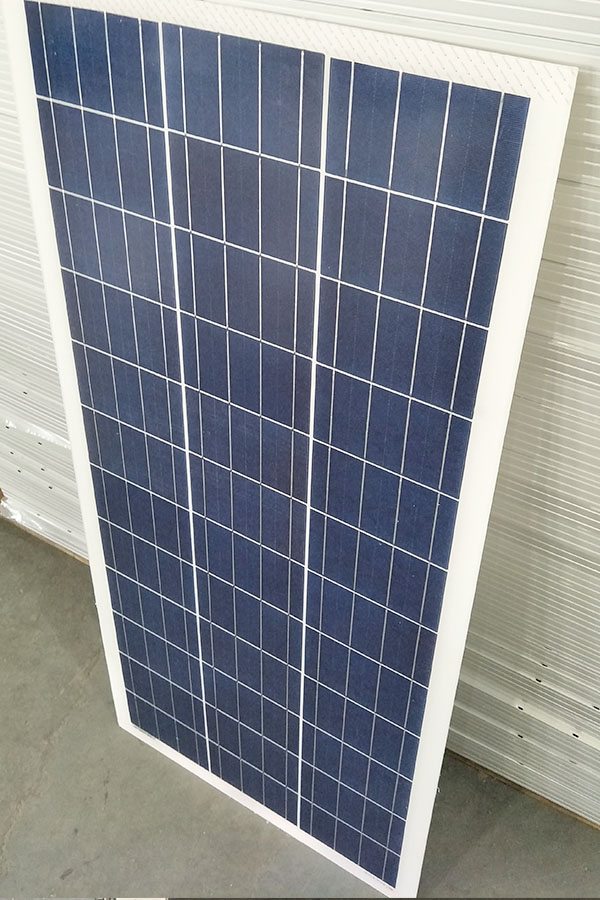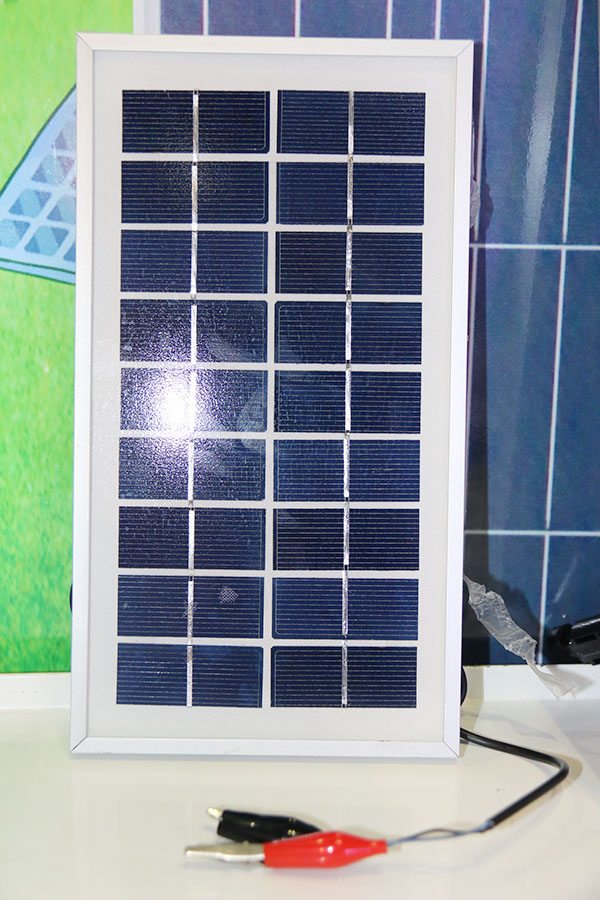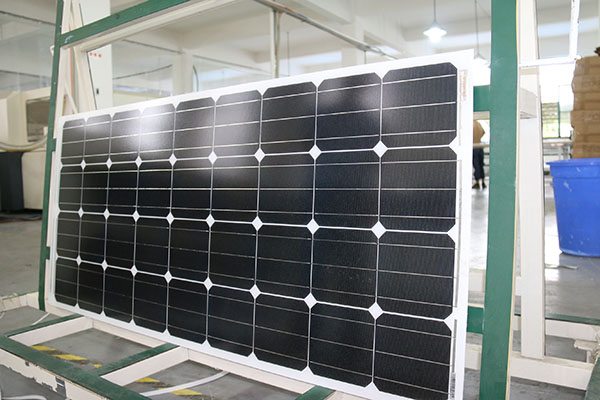OEM Supplier for Poly-crystalline Solar Panel 2W in USA
Short Description:
We pursue the management tenet of "Quality is superior, Service is supreme, Reputation is first", and will sincerely create and share success with all clients for OEM Supplier for Poly-crystalline Solar Panel 2W in USA, We are also constantly looking to establish relationship with new suppliers to provide innovative and smart solution to our valued customers.
Poly-crystalline Solar Panel 2W
Technical parameter
Maximum Power(W) 2W
Optimum Power Voltage(Vmp) 6V
Optimum Operating Current(Imp) 0.34A
Open Circuit Voltage(Voc) 7.2V
Short Circuit Current(Isc) 0.37A
Mechanical Characteristics
Cell Type Polycrystalline
No of Cell 12 (2x6pcs)
Dimensions 145x145x18mm
Weight 0.4KGS
Front Glass 3.2mm, High Transmission, Low iron, tempered Glass
Temperature and Coefficients
Operating Temperature(°C): -40°C ~ + 85°C
Maximum System Voltage: 600V(UL)/1000V(IEC) DC
Maximum Rated Current Series: 10A
Temperature Coefficients of Pmax: -0.435%
Temperature Coefficients of Voc: -0.35%
Temperature Coefficients of Isc: 0.043%
Nominal Operating Cell Temperature (NOCT): 47+/-2°C
Materials of solar panel
1).Solar Cell——Polycrystalline solar cell 156*156mm
2).Front Glass——-3.2mm, high transmission, low iron, tempered glass
3).EVA——-excellent anti-aging EVA
4).TPT——-TPT hot seal made of flame resistance
5).Frame——anodized aluminum profile
6).Junction Box——-IP65 rated, high quality, with diode protection
Superiority: high quality anodized aluminum frame, high efficiency long life, easy installation, strong wind resistance, strong hail resistance.
Features
1. High cell efficiency with quality silicon materials for long term output stability
2. Strictly quality control ensure the stability and reliability, totally 23 QC procedures
3. High transmittance low iron tempered glass with enhanced stiffness and impact resistance
4. Both Poly-crystalline and Mono-crystalline
5. Excellent performance in harsh weather
6. Outstanding electrical performance under high temperature and low irradiance
Quality assurance testing
Thermal cycling test
Thermal shock test
Thermal/Freezing and high humidity cycling test
Electrical isolation test
Hail impact test
Mechanical, wind and twist loading test
Salt mist test
Light and water-exposure test
Moist carbon dioxide/sulphur dioxide
Here I demonstrate using a mobile power system to test and evaluate the scale of an off grid power system in an off grid environment. Using a Kill A Watt meter on a single incoming power cord to show power flow numbers off the inverter and a used fridge to test constant power drain. The fridge died four days into the test, which appears to be the result of the panels and batteries losing amperage in the high heat environment, the system never fully charged even though the amperage draw on the fridge was pretty low, I think it was a combination of losing efficiency due to heat, and the fridge not synching well with modified sine wave power. I would not be installing this exact system in the house, but having it both portable and modular on a cabin is the tool to determine if a system to be permanently installed will be equal to or greater than this in some way, like with the same capacity of panels but more battery, or if it could work with less battery or if it could use wind power to supplement production. I was also using this to test full-on construction site corded tools in the off grid environment on a real world jobsite, but those results just confirmed the results of prior testing, that this is just fine for running a regular small to middling size jobsite, with no generator usage.
For More videos subscribe my channel
https://www.youtube.com/channel/UCuhA6PQax62fXL5WuYmt-fw
Difference Between Inverter Vs hybrid Inverter Link
Best Battery For Solar System link
solar charge controller installation Hindi/Urdu
Solar Controller part 2





